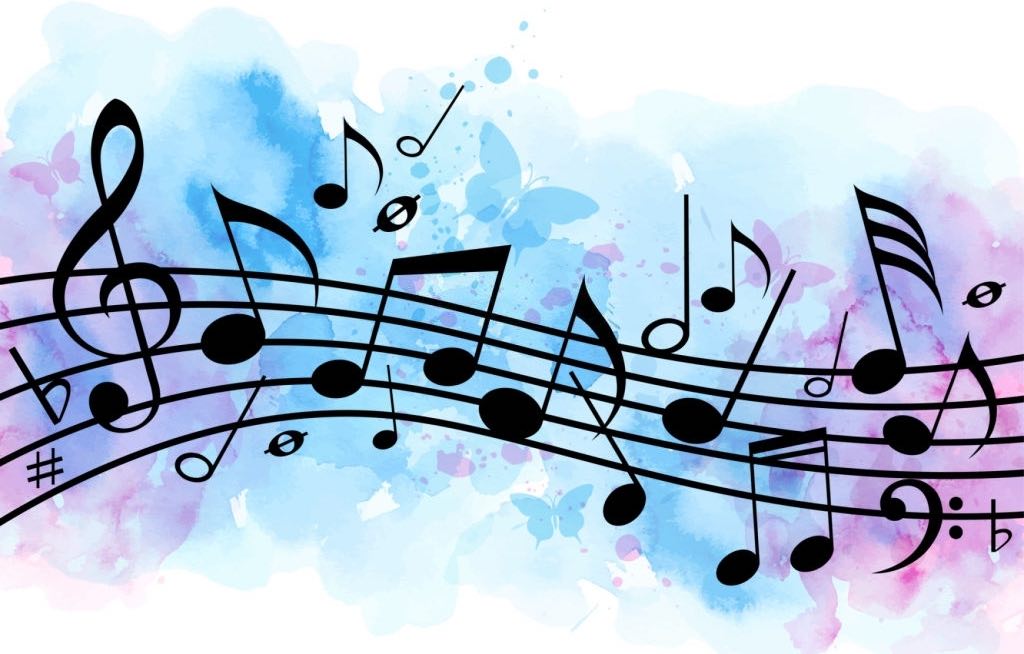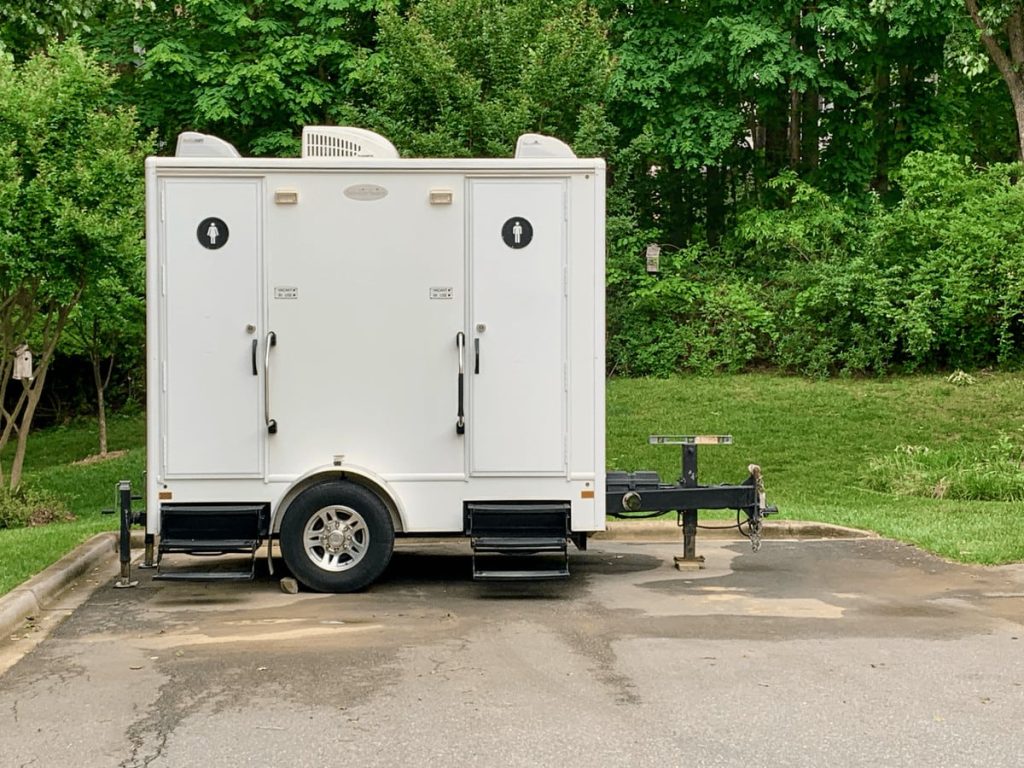Knowing Color Psychology can help you create spaces that are visually appealing and emotionally supportive regardless of whether it’s for your own home or commercial venture. Combining the theory of color with understanding of the emotions that each color evokes is the way to achieve this.
Cool tones encourage calm and peace, while warm hues stimulate and energize us.
Theory of Color
The basis of an attractively designed room is the concept of color, whether you’re planning a bedroom, living room, or bathroom. Color is utilized by interior designers South Florida to influence the usage of spaces and emphasize its function.
The intensity, hue and value of colors may affect the mood or the ambience of a room. Green, for instance, may evoke feelings of balance and growth and balance, while blue can be calming and tranquil. The intensity can make a hue appear more bright or dull and its significance is how light bounces off the color.
Different colors are associated with distinct meanings in diverse cultures. In Western culture, red may bring emotions of anger or love however in Chinese culture the same color is a symbol of prosperity and wealth. When selecting colors to decorate your house, you need to take into account your cultural preferences as well as your personal experiences.
Color psychology can assist you to create spaces that don’t just appear beautiful, but as well-suited to your mood and lifestyle. Color psychology can aid you in creating an environment that is attractive and practical.
What color effects the mood of a space
The colour of a room can have a significant influence on how people view it. When used properly it can play a key role in creating the atmosphere you want for your space. Many people aren’t aware of the best ways to use the color. Color psychology is a new area of study that studies the ways that colors affect the mood and brain.
Interior designers can utilize this area to determine how to best combine various colors, whether creating a warm and cozy living space or a chic and contemporary office. The theory of color is being utilized by designers to design stunning environments that inspire positive feelings in their people.
The color’s value is an element that influences the mood of a room. It is a reference to the brightness or lightness of a color when compared to black and white. This is important since it determines how much light that the color reflects and diffuses.
The saturation of a color is another aspect that determines the pallor or intensity of a shade when compared to the lighter hues. The more vivid and intense the color appears, the more saturated it is. The higher the saturation, it can add dramatic and deep. But, it’s crucial to balance the intensity with other elements so as to avoid overpowering your eyes.
Interior color palette psychology
Colors are used in interior design to create a specific atmosphere or mood. Earthy tones with a light tone can trigger emotions like calm and peace, while more vibrant hues can be stimulating and energizing. Knowing how colors trigger various emotions is essential in making the best choice for your home or business thiet ke noi that chung cu.
It is possible to incorporate psychology of color into your design by specifying how you want every space to feel and how it interacts. It is possible to avoid choosing color combinations that have negative effects by selecting colors that are in line with your objectives.
Blue is an incredibly versatile and strong color that can evoke feelings of calm, confidence and achievement. The more intense shades of blue such as royal and navy add power and strength while the lighter shades like sky and turquoise evoke feelings of calm.
The color green is soothing and induces feelings of balance and growth. This color is ideal for living rooms, bedrooms and bathrooms that require to be serene.
The most appropriate colors for interiors
Colors have a significant influence on our perceptions as well as emotions. This is why it’s an essential element of the home decor. The hues you choose will affect your mood and how the room performs. The right color can highlight architectural elements, create zones in an open-plan layout and alter the impression of the space.
Blue is associated with wisdom peace, tranquility and serenity. It’s an ideal option for bedrooms and study spaces. Blue is also a colour that encourages trust and confidence which makes it a great option for offices that are professional and family spaces. The darker shades of blue inspire confidence and strength and light hues encourage peace and tranquility.
Green symbolizes growth, balance, and renewal. The palette of green is extensive and covers everything from soft lighter tones like jade or sage, to deep, dark shades such as emerald and olive. Green is a great option for contemporary design however, it also gives an organic, warm style to rustic or cottage-style homes.
Purple is a hue that stimulates imagination and creative thinking. The delicate color of purple is typically utilized in bedrooms however, the darker shades could suggest nobility and a sense of luxury.
Orange is a fantastic color for rooms where you wish to encourage conversation and movement. Make sure to use it in smaller spaces, since this color can become overpowering.






